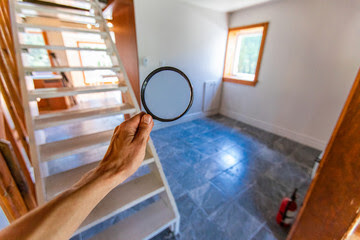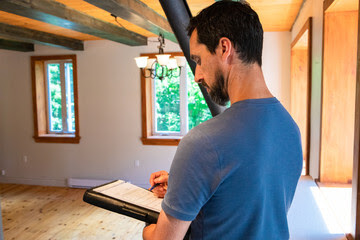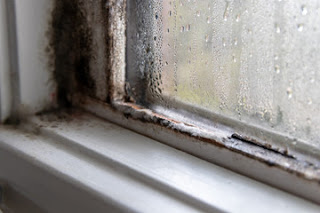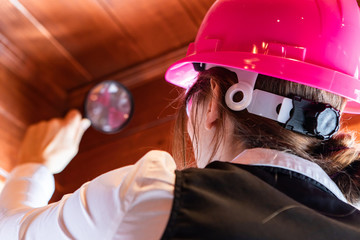How Can You Know That Your House Is Affected By Mold
Where mold grows, describes how to find mold in your home and how to treat it effectively. With this guide, you should identify the types of mold in the house, the areas where mold is growing frequently, and be prepared to take the right next steps to get help. If you smell mold, you should consider having it located by a qualified mold testing company to determine the moisture source, determine the mold's extent, and draw up a remediation plan. The results will be sent to a laboratory for testing to determine whether the test results should have been positive for mold spores. Mold covers both visible and hidden mold, such as mold on walls, ceilings, floors, walls, and other surfaces, but mold can also cause problems where it is common.
When you do housework, you learn how to spot mold in your home and get the seller to disclose mold problems. If mold problems arise during the sale, you can negotiate a refurbishment plan with your seller as well as with the Professional Mold Testing company. Reserve mold tests for professionals, but if you think you have mold in the house, it is best to contact a licensed inspector to find out.
 |
Feel its smell
If you cannot see or smell mold directly, it can be difficult to detect mold even in the home (see mold symptoms). A damp, musty smell signifies that mold is growing nearby, but if an area of the house smells permanently musty, it is more likely that mold is in it. If mold is hidden in the house, the only indication that it is there is the moldy smell. Even if you see and/or smell mold in a house, if you see or smell it in another room or if it is in that room, you are aware that mold is at home - even if you could not see, smell or even smell it directly.
If you suspect mold, look for discolored walls, ceilings, or floors - discoloration indicates that a mold colony is growing.
Check your home’s environment.
The fact that mold is present shows that your home's conditions are right for growth and the exact cause is either mold or an accompanying indoor contaminant. Mold spores are everywhere, even in the house, but can grow on any surface with sufficient moisture. If the place is wet enough, small mold spots can spread, and small amounts of mold spores can be released, leading to health problems if mold grows on the surfaces with which one comes into contact daily. The time you spend supporting the growth of mold can also be a potential cause of disease - health if the condition of your home changes - whether it is mold and associated pollutants indoors or if you are exposed to it in large quantities when it grows daily, this can cause problems with your health.
If you suspect that mold is growing in your home, it is a good idea to call a professional mold control company to determine how to treat it. If you have mold or moisture problems at home and can neither see nor smell it, a mold expert will ensure that the mold is properly treated and removed. If mold occurs in the house, you can fix water problems and eliminate mold. However, if mold is a problem in a house, you need to eliminate all moisture sources.
If you see mold everywhere (think skirting boards, corners, etc.), check to see if there is mold in your home.
Take preventative measures
You may not always know if there is mold in the house you are buying, but you can take a few simple steps to determine if there is mold. If you are worried that the air in your home is affected by mold, you might find it helpful to know exactly how to test mold. While this is not the best way to prevent mold, air quality tests should also be considered.
 |
| Professional Mold Testing |



Comments
Post a Comment